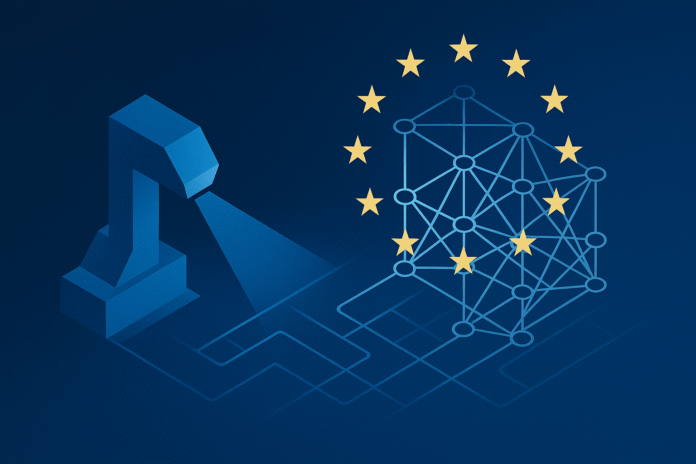ASML is set to become the largest shareholder in Mistral AI after leading a €1.7 billion Series C funding round and committing approximately €1.3 billion. The deal implies a pre-money valuation of approximately €10 billion for the Paris-based model lab, and ASML is expected to take a board seat. Bank of America advised the transaction, according to reporting. Reuters
Mistral—founded in 2023 by alumni of DeepMind and Meta, and previously backed by Nvidia—has rapidly become Europe’s flagship foundation model studio. This investment positions it as Europe’s most valuable AI startup and aligns with the bloc’s push for technological sovereignty. Reuters
Why it matters
Europe is welding its most strategic hardware enabler (ASML’s lithography dominance) to a homegrown foundation-model champion (Mistral).
The U.S. already co-locates chips, models, and capital; this deal is Europe’s most transparent attempt to create a similar gravity well for talent, compute, and policy. Secondary reporting across Europe has echoed the numbers and the “EU sovereignty” frame. SvD.seFinancial Times
The deal in one frame
- Round size: ~€1.7 billion
- ASML commitment: ~€1.3 billion
- Valuation: ~€10 billion pre-money
- Governance: ASML expected to secure a board seat
- Advisor: Bank of America (to ASML)
- Status: Not yet officially closed as of the time of publication; terms reported via sources. Reuters
What ASML gets
Working theory: ASML can deploy Mistral-scale models across the entire tool lifecycle, including computational lithography, yield prediction, predictive maintenance, and supply chain scheduling.
That can lift tool throughput and uptime for customers like TSMC and Intel, while compressing R&D cycles on next-gen EUV/High-NA platforms. This is the quiet, compounding efficiency that never splashes on stage but moves billions in capex amortisation.
What Mistral gets
A governance-level partner with deep political capital in Brussels and The Hague; early looks at hardware roadmaps and industrial data patterns; and a more defensible European moat. Capital is table stakes; a durable ecosystem is the real prize.
Competitive chessboard
- Nvidia et al.: This does not unseat U.S. GPU hegemony overnight; it does increase Europe’s bargaining power around compute allocations and deployment timelines.
- Regulation: EU AI rules could slow rollouts compared to the U.S. and China, but a sovereign champion with an industrial anchor may navigate approvals more efficiently in regulated sectors.
- Valuations backdrop: European late-stage AI is heating up; recent analyses flag deal volumes stabilising and AI rounds outpacing broader VC trends. Financial Times
Risks to watch
- Integration risk: Translating cross-industry synergies into measurable yield/throughput gains is non-trivial.
- Compute scarcity: Even with cash, accelerator supply and energy-constrained data-centre build-outs remain bottlenecks.
- Policy drag: Over-prescriptive rules could blunt deployment, especially for high-stakes domains.
Bottom line
Europe has been accused (often fairly) of over-regulating yesterday’s technology while under-building tomorrow’s. This is the opposite move. A chip-tools champion buying into a model champion is industrial policy with teeth. Suppose the round closes on the reported terms and the integration delivers even modest yield and uptime gains.
In that case, the flywheel is obvious: better tools → happier fabs → more revenue and data → better models → better tools. That’s how you turn symbolism into sovereignty.
Sources: Reuters exclusive on amounts, valuation, board seat, and advisor; broader EU valuation context from the Financial Times; regional confirmation from Svenska Dagbladet. ReutersFinancia

